A boiler feed pump is a critical component in any boiler system, responsible for delivering water to the boiler at the necessary pressure and volume to ensure proper operation. But with so many different types of boiler feed pumps available, how do you know which one is right for your needs? In this article, we’ll explore the different types of boiler feed pumps and help you choose the best one for your system.
Need a new boiler?
What is a boiler feed pump?
A boiler feed pump is a type of pump used to feed water to a steam boiler. The water is supplied to the boiler at high pressure by the boiler feed pump, which is typically a multistage centrifugal pump. The pump takes suction from a deaerator or feedwater tank and delivers the water to the boiler at a pressure required for the steam generation process.
The boiler feed pump is an essential component of a steam generation system as it ensures a continuous supply of water to the boiler, which is necessary for the safe and efficient operation of the boiler. The pump is typically driven by an electric motor or a steam turbine and is often designed to operate at high temperatures and pressures.
The selection and design of a boiler feed pump depend on various factors such as the size and capacity of the boiler, the pressure and temperature requirements, and the type of fuel used. The pump must be carefully chosen to ensure reliable operation and long service life.
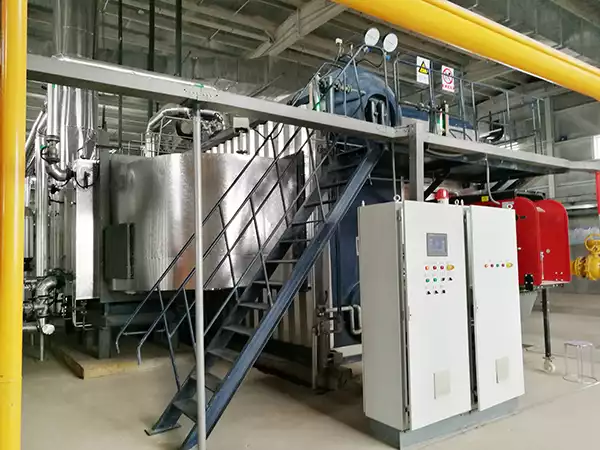
What are the different types of boiler feed pumps?
There are several types of boiler feed pumps, each designed for a specific application. The most common types include:
- Centrifugal pump: This is the most commonly used type of boiler feed pump. It works by converting mechanical energy from a motor or turbine into kinetic energy, which is used to create a flow of fluid. Centrifugal pumps are suitable for high-flow, low-pressure applications.
- Positive displacement pump: This type of pump operates by trapping fluid between the moving components of the pump and the surrounding casing, which forces the fluid to move through the pump. Positive displacement pumps are suitable for low-flow, high-pressure applications.
- Multistage pump: This type of pump consists of two or more impellers mounted on a common shaft. Each impeller increases the pressure of the fluid as it passes through, allowing the pump to achieve higher pressures than a single-stage pump.
- Regenerative turbine pump: This type of pump uses a series of rotating vans to create pressure and move fluid. It is suitable for high-pressure, low-flow applications.
- Horizontal split case pump: This type of pump has a horizontally split casing, allowing for easy maintenance and inspection of the impeller and other internal components. It is commonly used for high-flow, low-pressure applications.
The type of boiler feed pump used depends on the specific requirements of the steam generation system and the characteristics of the fluid being pumped.
Get FREE Boiler Quotes
Get FREE Local Boiler Quotes today
Compare The Best Prices
Save Money On Your New Boiler Today!
Centrifugal pump advantages and disadvantages
Sure, here’s a table summarizing the advantages and disadvantages of using centrifugal pumps for boiler feed:
| Advantages | Disadvantages |
|---|---|
| High flow rate capabilities | Limited to low to medium-pressure applications |
| Simple design and operation | Efficiency decreases at low flow rates |
| Easy to maintain and repair | Limited suction head capabilities |
| Low cost compared to other pump types | Prone to cavitation at low suction pressures |
| A wide range of sizes and capacities are available | Limited ability to handle high-viscosity fluids |
Note: The advantages and disadvantages listed may vary based on specific application requirements and design considerations.
Positive displacement pump advantages and disadvantages
Here’s a table summarizing the advantages and disadvantages of using positive displacement pumps for boiler feed:
| Advantages | Disadvantages |
|---|---|
| High-pressure capabilities | Limited to low-flow rate applications |
| High efficiency at low flow rates | Complex design and operation |
| Good suction capabilities | Sensitive to changes in viscosity and temperature |
| Ability to handle high-viscosity fluids | Expensive compared to centrifugal pumps |
| Minimal risk of cavitation | Requires regular maintenance to prevent wear and tear |
Note: The advantages and disadvantages listed may vary based on specific application requirements and design considerations.
What factors should be considered when selecting a boiler feed pump?
Several factors should be considered when selecting a boiler feed pump. These include:
- Flow rate: The flow rate required for the application will determine the size and capacity of the pump.
- Pressure requirements: The pressure required for the application will determine the type of pump needed, as well as the number of stages required for multistage pumps.
- Fluid properties: The properties of the fluid being pumped, such as viscosity, temperature, and corrosiveness, will impact the type of pump, material selection, and sealing requirements.
- Power source: The availability of power and the preferred power source, such as electric or steam, will determine the type of pump and motor required.
- Installation requirements: The space available for installation, the need for a suction lift, and the piping configuration will impact the type and size of the pump selected.
- Reliability and maintenance requirements: The expected service life of the pump, the maintenance requirements, and the availability of replacement parts and service support will impact the selection of the pump.
- Budget: The budget available for the pump and related equipment will impact the type, size, and material selection of the pump.
Optimizing Boiler Feed Pump Performance
Boiler feed pump performance can be optimized in several ways, including:
- Proper sizing: Ensuring that the pump is sized correctly for the application can improve efficiency and reduce energy consumption.
- Operating conditions: Operating the pump at the correct speed and pressure will improve efficiency and reduce wear and tear.
- Maintenance: Regular maintenance, including lubrication, alignment, and replacement of worn parts, can extend the service life of the pump and improve performance.
- Sealing: Proper sealing of the pump and its components can reduce leakage and improve efficiency.
- Impeller design: The impeller design can impact pump performance, and selecting the appropriate impeller type and configuration can improve efficiency and reduce cavitation.
- Material selection: Selecting materials that are suitable for the fluid being pumped, including corrosion-resistant materials, can improve the pump’s reliability and service life.
- Pump control system: Implementing a pump control system, such as a variable frequency drive or a pressure control valve, can optimize pump performance by adjusting the flow rate and pressure to match the system’s requirements.
Optimizing boiler feed pump performance can result in improved system efficiency, reduced energy consumption, and longer service life of the pump and related equipment.
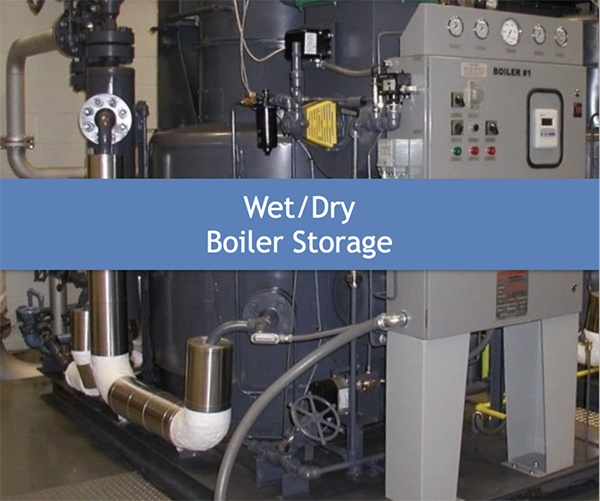
Common Problems with Boiler Feed Pumps
Even with proper maintenance and care, boiler feed pumps can experience issues from time to time. Here are some common problems that you may encounter, along with tips for resolving them:
Clogs: Clogs can occur in the pump or in the system’s pipes, preventing water from flowing through the system. To resolve this issue, try flushing the system or clearing any clogs in the pump.
Vibration: Vibrations can occur if the pump is not properly installed or aligned, causing the pump to operate inefficiently and potentially damaging the pump over time. To resolve this issue, check the pump’s alignment and installation, and make any necessary adjustments.
Low pressure: Low pressure can occur if the pump is not generating enough pressure to meet the system’s needs. To resolve this issue, consider upgrading to a more powerful pump, or adjusting the pump’s settings to generate more pressure.
High energy consumption: If your pump is using too much energy, it may be operating inefficiently or using outdated technology. To resolve this issue, consider upgrading to a more energy-efficient pump.
Conclusion
A boiler feed pump is a critical component in any boiler system, responsible for delivering water to the boiler at the necessary pressure and volume to ensure proper operation. By understanding the different types of boiler feed pumps available, and taking steps to optimize their performance, you can ensure that your system is running efficiently and reliably. So take the time to choose the right pump for your needs, and keep it well-maintained to ensure that it continues to operate at peak performance for years to come.

Looking for boilers with sophisticated manufacturing, great quality?
Fangkuai boiler can always provide what you want.
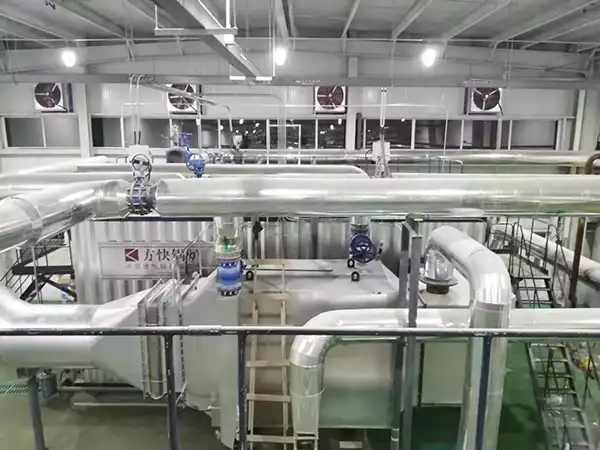
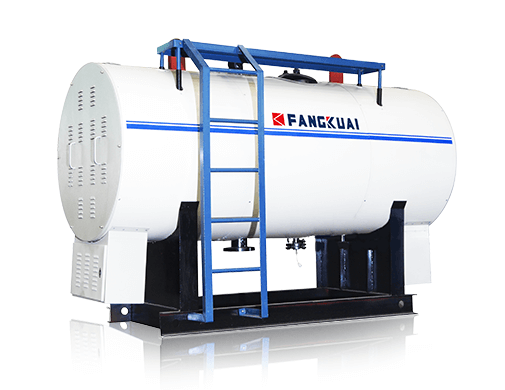 Electric Hot Water Boiler
Electric Hot Water Boiler 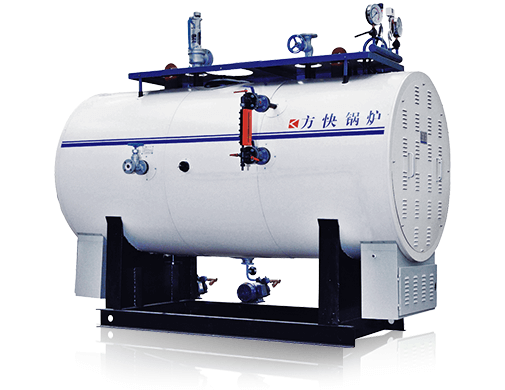 Electric Steam Boiler
Electric Steam Boiler 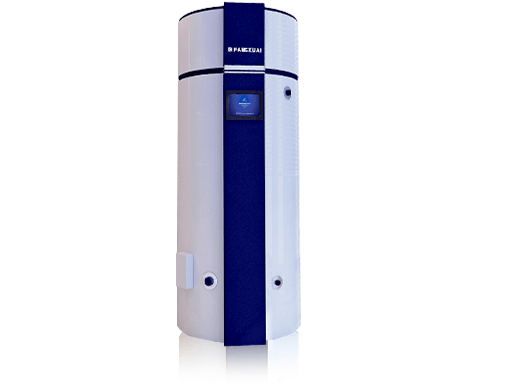 V6 Gas Fired Hot Water Boiler
V6 Gas Fired Hot Water Boiler 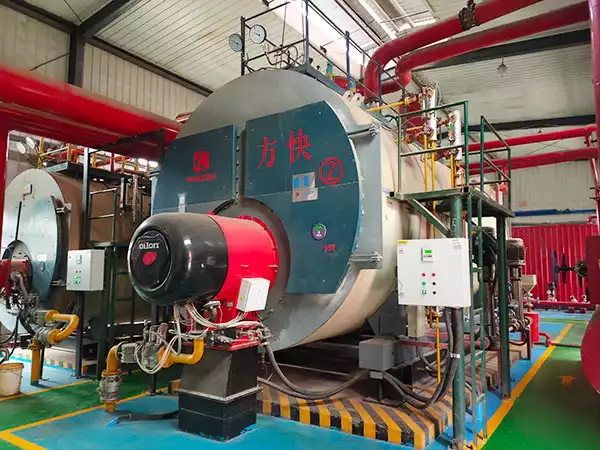 2023 Gas Boiler Prices Guide | Comparing Home Gas Boiler Costs
2023 Gas Boiler Prices Guide | Comparing Home Gas Boiler Costs 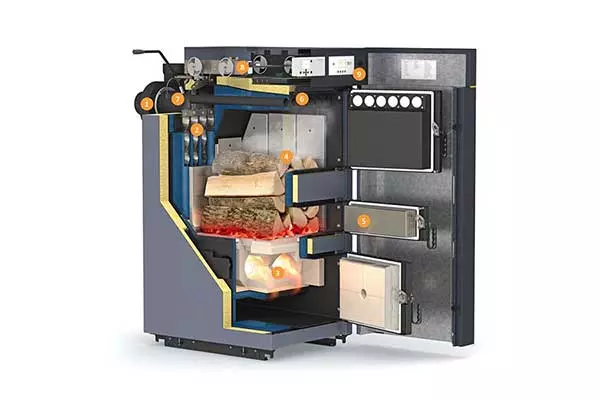 Best Wood Gasification Boilers For Sale | Buying Guide
Best Wood Gasification Boilers For Sale | Buying Guide 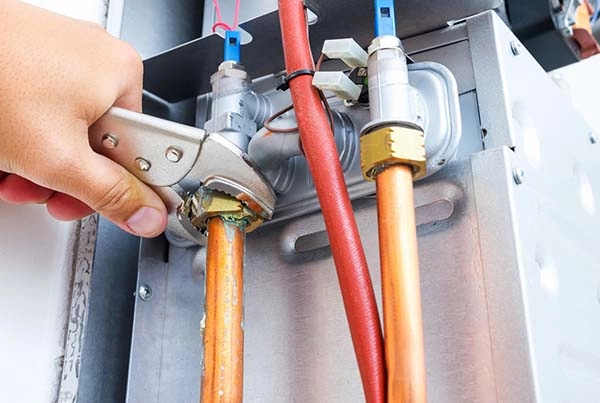 Electric Combi Boiler Prices | 2023 Buying Guide
Electric Combi Boiler Prices | 2023 Buying Guide 